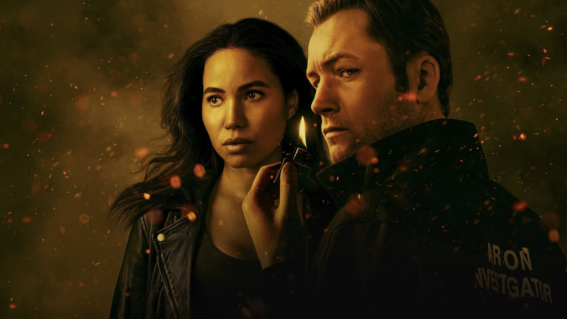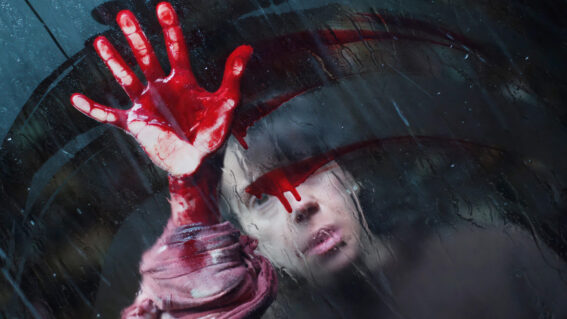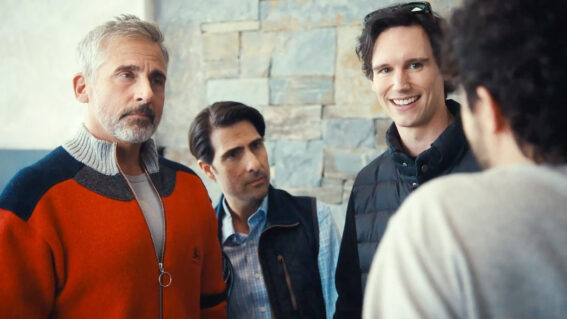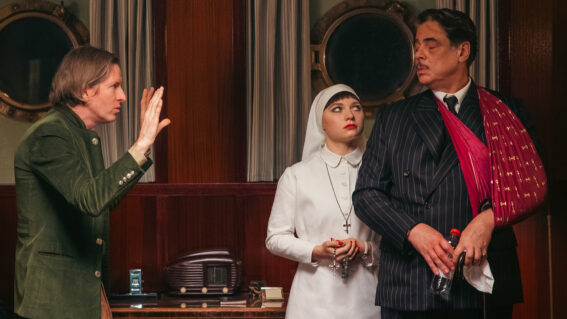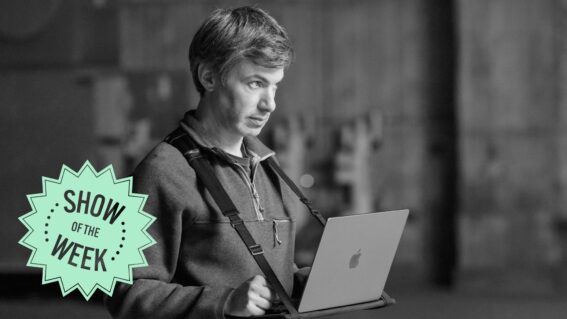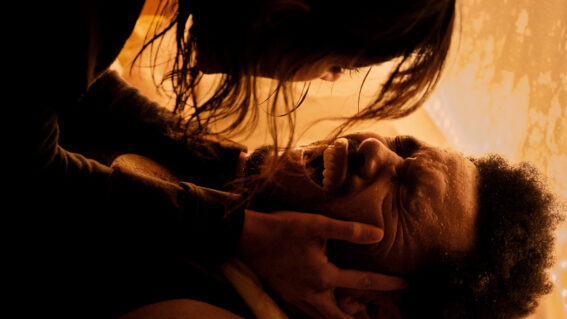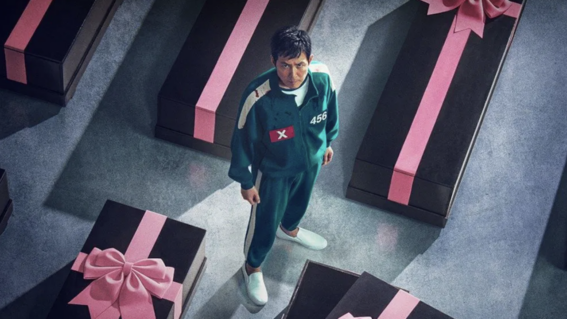The Painstaking Puppetry of Anomalisa
Oscar nominee Anomalisa is unlike any film that has ever been made before. Which is all the more impressive considering it was written and co-directed by Charlie Kaufman, a filmmaker who has consistently broken new cinematic ground as the writer/director of Synocdoche, New York and the writer of Being John Malkovich, Adaptation and Eternal Sunshine […]
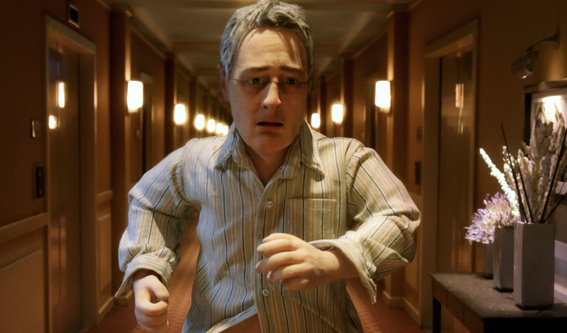
Oscar nominee Anomalisa is unlike any film that has ever been made before. Which is all the more impressive considering it was written and co-directed by Charlie Kaufman, a filmmaker who has consistently broken new cinematic ground as the writer/director of Synocdoche, New York and the writer of Being John Malkovich, Adaptation and Eternal Sunshine of the Spotless Mind.
The first, most obvious point of difference presented by Anomalisa is that it is a darkly comic drama presented entirely in stop-motion animation, a medium that is usually the domain of family-friendly comedies like Frankenweenie or The Boxtrolls.
Taking place almost entirely in a hotel, Anomalisa instead follows a middle-aged man (voiced by David Thewlis), in town to give a seminar, as he attempts to rise above the almost paralysing mundanity of his life.
Flicks’ Dominic Corry spoke to Caroline Kastelic, the Head of Puppet Fabrication on the film.
Flicks: The puppets in this film have an extremely unique look. How were they made?
Caroline Kastelic: The skulls and the faces were all 3D printed. They’re really brittle at first, like they break, they’re powdery, and then you dip them in vats of super glue and then it hardens. For Coraline and ParaNorman, they sanded their faces. So that’s why the aesthetic here is different.
You can tell in the shots where there’s a close-up of his mouth, it builds in horizontal layers, so that’s why you kind of have that sandy detail on it. That was an aesthetic choice with the faces – to choose not to sand them. We could’ve sanded ’em, we probably would’ve had more even colour, less chatter when the faces change, but they chose not to because they liked that texture.
The bodies were sculpted and then imaged in a 3D programme and then printed, and then we sanded them and made moulds of them and cast them in silicon. All the rest is humans. A lot of human work went into making the expressions.
One of the most striking things about these puppets is the visible seam line that runs across their temples.
In stop-motion, that’s where your seam is most practical, because of being able to change the eyebrows and the mouth separately so you can have different expressions with the brows on similar mouth shapes.So he can be angry but saying the same thing so you can use the same mouths, it’s practical.
These seams exist in Coraline and ParaNorman, but they choose to paint them out, and I believe when they were talking about the seam lines, Kaufman thought that conceptually, it spoke to the film.
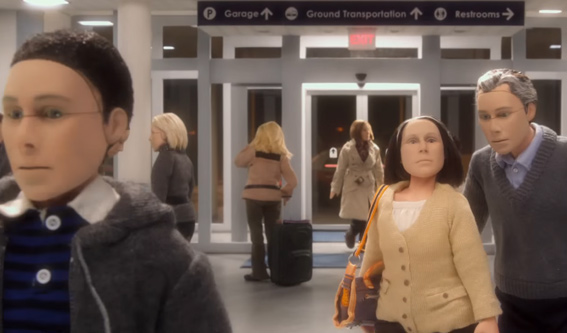
Did the idea of showing these seams ever conflict with your artisanal instincts ?
I think the thing that bothered me was somebody said ‘They look like they’re all wearing glasses’.But then once we saw it animated, and there’s elements of him, the face falling off in the hallway in the dream, and then when he kind of starts pulling his face off. When they added those things I thought it made sense conceptually.
And also, there’s so much brilliance in Kaufman, I kinda just went with him.
The tactility of the movement really brings these characters to life in an interesting way.
That’s what I love about stop-motion, it’s hands on, it’s real, someone’s manipulating that. You made all those parts, and I like the chatter, I like when things move accidentally in shots, I like that kind of energy.
The lighting of these models is unlike any stop-motion films I’ve seen before. Did that affect how you made them?
We did have to work with lighting a lot, and figure out how the materials would work with the lighting.
They had to do a lot for the eyes in particular, for eye lights, so the lighting had to be pretty specific for where the puppet was to make sure it hit the eyes properly. Because their eyes are a little inset. Luckily it was kinda dim in a lot of the shots, so it was like, low-lighting, and that actually helps us quite a bit.
And even in the sex scene, that was very low-lighting. But we did have to make our stuff pretty darn perfect.
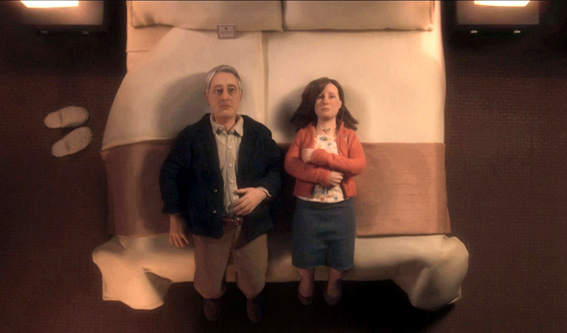
The sex scene is pretty amazing. How tough was it to sculpt naked human bodies?
It was mind-blowingly challenging. We spent months trying to figure out how to make that scene work.
We ended up ordering specialty armatures from a ball and socket manufacturer, and they were brilliant, but we still had to figure out a million things. Because no matter what, a big solid chunk of silicone can’t bend in half like those puppets do, so we had to engineer ways to do it.
We put foam on the armature, then trimmed the foam and then cast it with the silicone over it, so you’re making kind of like a skin on top of a lighter material. Then you had to be able to access the screws to tension it, because each part of the shot, he needs his knees to be loose there, he needs his knees to be tight in there, so we’d have to actually be able to get in there. And they had to be seamed perfectly and completely.
We had hair punchers putting hair on the body. We had to figure out a way to make the clothes animatable, to make them look realistic when they come off. Not be thicker, they had to be fully wired.
We had to figure out what rig points were needed so that puppet could actually be tied down, because we normally tie them down with their feet, but we can’t do that when they’re on a bed. So the rigging department did so much for that scene too.
There are weight washers in the bed so when the puppets went on the bed, the animator could pull them down to make the mattress sink in. It just seemed like every meeting we had, there were fifty more things that we thought of.
It sounds almost as complicated as actual sex. The way the stomachs compressed was really amazing – I’ve never seen that before.
It was so difficult to get that to work properly.
She only had one side to camera the whole time, so we would actually go in – her other side of her body would be open – to insert things or remove things to make her stomach look right. It would crease in or something and we would have to figure out a way to get in there and fix that. We had issues too with them fitting together. So there were days when I was called in and you have to remove certain areas of their bodies.
Who are your stop-motion influences? Were you a big Ray Harryhausen fan?
I really appreciate Harryhausen. Jan Švankmajer is one of my favourite filmmakers ever. His stuff, he goes to that super-realistic level, and it’s kinda terrifying in a lot of this films, because a lot of his films are about being human, and what that is. They’re all made out of clay but you get these emotions from these inanimate objects that are more than I feel for most films with actors. So he was a big influence on me for sure.
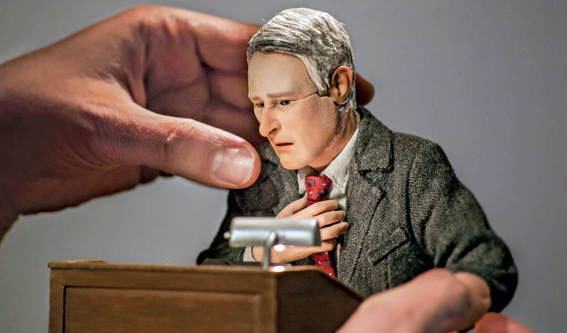
I love stop-motion animation, but it doesn’t seem like it’s at the top of the list of priorities for the big studios. Is it up to the artisans to keep it alive?
Yes. We’re kind of like gypsies in that we follow jobs around. You generally aren’t employed by the same studio for very long. You finish a gig and you go to another one.
We all know each other for the most part, it’s kind of like a community, we just wanna keep it alive, we wanna do it. If we didn’t keep going, nobody’s gonna train somebody. There’s a few schools that offer a few courses or whatever, but it’s more just like part of their film programs. It’s a weird niche.
I feel it is up to us to keep it going, it’s hard work. It’s a lot of co-ordination, it costs a decent amount of money. It’s hard to find people sometimes. I had a hard time finding crew to come one here, it’s stressful.
At times this film kinda reminded me a bit of those stop-motion Tool videos from back in the day.
Actually one of the executive producers here, Joe Russo, also worked on those. He also did the Green Jello Three Little Pigs music video. So we’re all here.
Did working on ‘Anomalisa’ change your ideas about what is achievable in stop motion?
I can’t believe what we made in the time we made it and for how much and it’s kind of amazing to me that you can do something like this for so much less, because you always think it’s prohibitively expensive to make a feature or a nice looking thing, but we’re kinda, y’know we’re just winging it and coming up with ideas. And when you have the right crew it’s fantastic what you can come up with.
I just hope that more adult animation comes out of it in the United States, more art animation. Because that’s what I love. I’m an experimental filmmaker at heart. I just like it being moving art that is beautiful.







